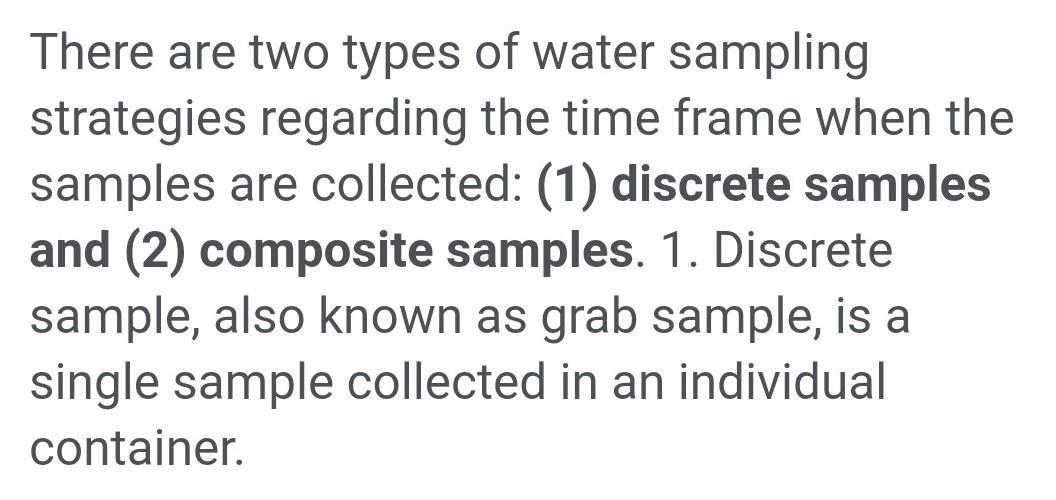The area of the curved surface area of a cylinder is three times the base area and height of the cylinder exceeds the radius by 7cm .Find the volume of the cylinder
Answers 2
[tex]\large\underline{\sf{Solution-}}[/tex]
Given that, height of cylinder exceeds the radius by 7 cm
Let assume that
Radius of cylinder = r cm
Height of cylinder = h = r + 7
According to statement, it is further given that the curved surface area of a cylinder is three times the base area.
We know,
Curved Surface Area of cylinder of radius r and height h is given by
[tex]\boxed{ \rm{ \:CSA_{(Cylinder)} \: = \: 2 \: \pi \: r \: h \: \: }} \\ [/tex]
and
[tex]\boxed{ \rm{ \:Base \: Area_{(Cylinder)} \: = \: \pi \: {r}^{2} \: \: }} \\ [/tex]
So,
[tex]\rm \: 2\pi \: rh \: = \: 3\pi {r}^{2} \\ [/tex]
[tex]\rm \: 2h \: = \: 3r \\ [/tex]
On substituting the value of h, we get
[tex]\rm \: 2 \:(r + 7) \: = \: 3r\\ [/tex]
[tex]\rm \: 2r + 14 \: = \: 3r\\ [/tex]
[tex]\rm \: 3r - 2r = 14\\ [/tex]
[tex]\rm\implies \:r \: = \: 14 \: cm \\ [/tex]
So, we have
Radius of cylinder, r = 14 cm
Height of cylinder, h = r + 7 = 14 + 7 = 21 cm
Now,
[tex]\rm \: Volume _{(Cylinder)} \: = \: \pi \: {r}^{2} \: h \\ [/tex]
[tex]\rm \: = \:\dfrac{22}{7} \times 14 \times 14 \times 21 \\ [/tex]
[tex]\rm \: = \:22 \times 2 \times 14 \times 21 \\ [/tex]
[tex]\rm \: = \:12936 \: {cm}^{3} \\ [/tex]
Hence,
[tex]\color{green}\rm\implies \:\boxed{ \rm{ \:Volume _{(Cylinder)} = 12936 \: {cm}^{3} \: }} \\ [/tex]
[tex]\rule{190pt}{2pt}[/tex]
Additional Information
[tex]\begin{gathered}\: \: \: \: \: \: \begin{gathered}\begin{gathered} \footnotesize{\boxed{ \begin{array}{cc} \small\underline{\frak{\pmb{ \red{More \: Formulae}}}} \\ \\ \bigstar \: \bf{CSA_{(cylinder)} = 2\pi \: rh}\\ \\ \bigstar \: \bf{Volume_{(cylinder)} = \pi {r}^{2} h}\\ \\ \bigstar \: \bf{TSA_{(cylinder)} = 2\pi \: r(r + h)}\\ \\ \bigstar \: \bf{CSA_{(cone)} = \pi \: r \: l}\\ \\ \bigstar \: \bf{TSA_{(cone)} = \pi \: r \: (l + r)}\\ \\ \bigstar \: \bf{Volume_{(sphere)} = \dfrac{4}{3}\pi {r}^{3} }\\ \\ \bigstar \: \bf{Volume_{(cube)} = {(side)}^{3} }\\ \\ \bigstar \: \bf{CSA_{(cube)} = 4 {(side)}^{2} }\\ \\ \bigstar \: \bf{TSA_{(cube)} = 6 {(side)}^{2} }\\ \\ \bigstar \: \bf{Volume_{(cuboid)} = lbh}\\ \\ \bigstar \: \bf{CSA_{(cuboid)} = 2(l + b)h}\\ \\ \bigstar \: \bf{TSA_{(cuboid)} = 2(lb +bh+hl )}\\ \: \end{array} }}\end{gathered}\end{gathered}\end{gathered}[/tex]
-
Author:
emilioblack
-
Rate an answer:
8
Given:
The height of the cylinder exceeds the radius by 7cm.
The CSA of the cylinder is 3 times the base area.
To Find:
The volume of the cylinder
Solution:
Let the radius of the cylinder be r
Height of the cylinder h = r + 7
It is given that the curved surface area of the cylinder is three times the base area.
The formula to calculate the curved surface area of the cylinder is
CSA of the cylinder = 2πrh
The base area of the cylinder can be calculated by using πr²
Now, substituting the values
2πrh = 3πr² [ it is given that 3 times the base area]
2h = 3r
Then we put the value of h we get
⇒ 2(r+7) = 3r
⇒ 2r + 14 = 3r
⇒ 3r - 2r = 14
⇒ r = 14cm
∴ The radius of the cylinder is 14cm.
The height of the cylinder h = r + 7
h = 14 + 7
h = 21cm
∴ The height of the cylinder = 21cm
Now, Volume of the cylinder = πr²h
= 22/7 × 14 × 14 × 21
= 22 × 2 × 14 × 21
= 12936cm³
Therefore the volume of the cylinder = 12936cm³.
-
Author:
harry8ij2
-
Rate an answer:
6

